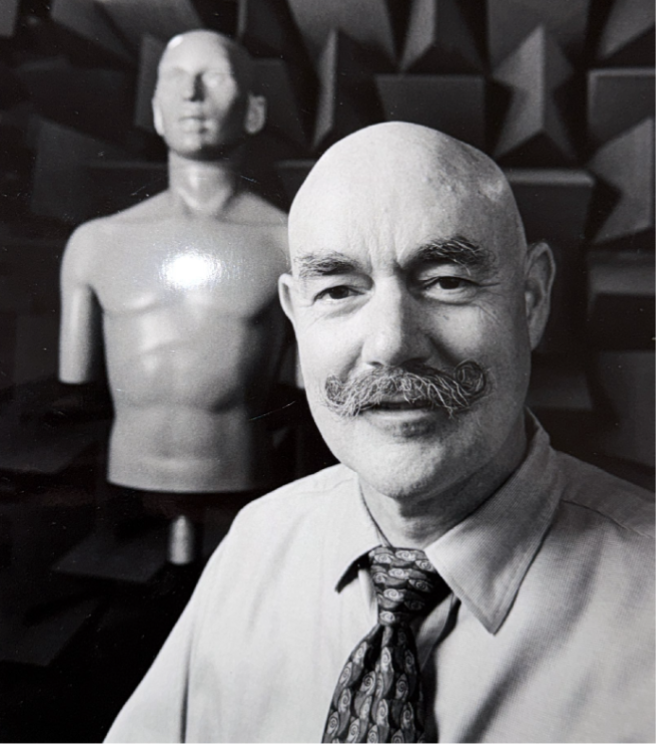Compression: Distinctions
Mead C. Killion
Hearing Review, 3(8), 29, 30,32, 1996
SOMETHING ABOUT MEAD
Mead, the educator; what could be more important to him than to teach? In his “spare time,” in addition to founding and inventing at Etymotic Research, leading to tens of patented inventions that help people hear, help people preserve their hearing, and help people enjoy hearing, Mead formally mentored hundreds of future audiologists at three graduate schools: Northwestern University (where I was one of his students), Rush University, and The City University of New York. If that wasn’t enough, he authored or coauthored 88 papers and 21 book chapters (meadshare.com). This is one of many informative papers that Mead published in popular hearing aid trade journals to pass along important concepts about hearing aids to those not lucky enough to hear them in his classrooms.

SUMMARY
Compression can mean different things to different people; however, many technologies can be labelled “compression” in the hearing aid industry. In this article, distinctions in meaning are explained regarding: Compression vs. AGC, Compression Limiting vs. Wide-Dynamic Range Compression (WRDC), TILL (Treble Increases at Low Levels) vs. Multichannel Compression, Multichannel Equalization vs. Multichannel Detection vs. Multichannel Signal Processing/Compression, Nonlinear Distortion vs. Nonlinear Amplifiers, Compression Ratio vs. Low Level Gain Increase, Input vs. Output compression, and WDRC+Linear vs. WDRC+Limiting.
Annotated by: Larry Revit


